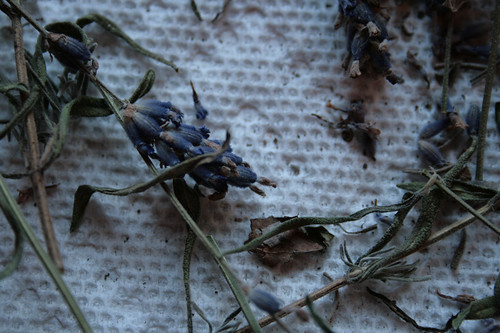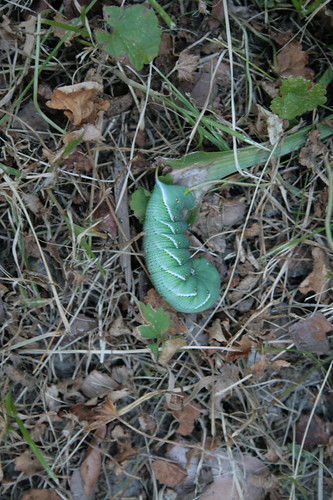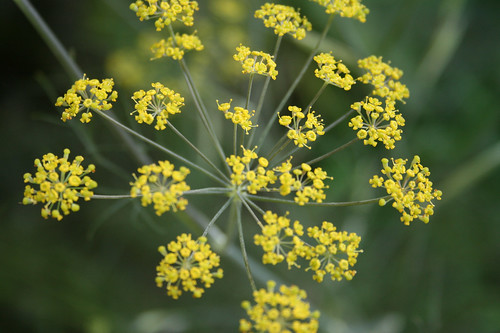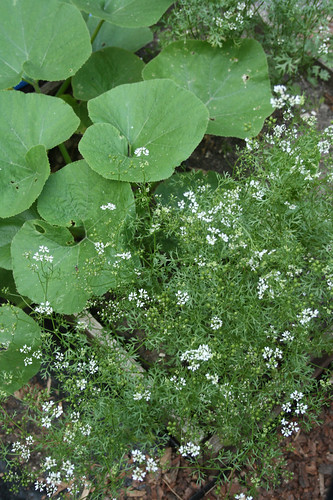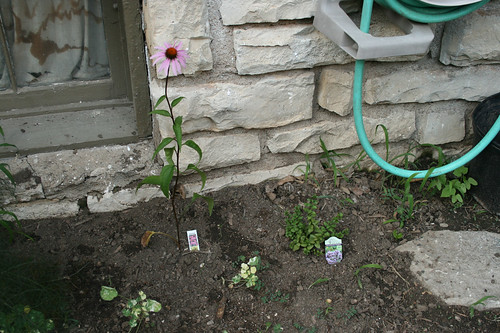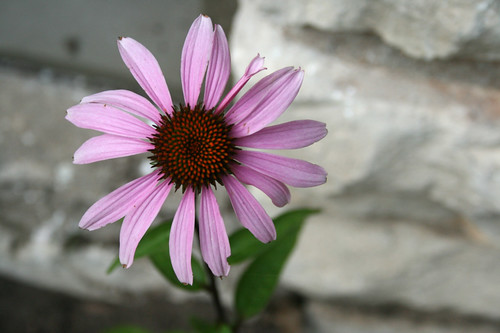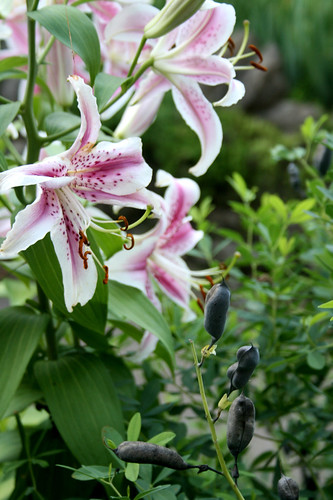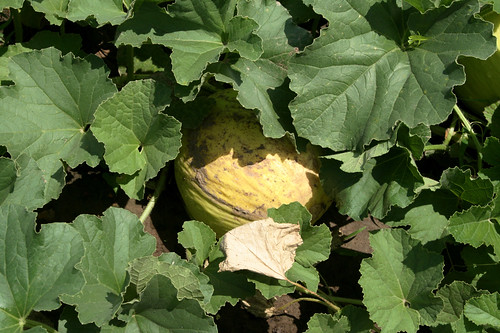
This is my second year participating in a CSA and I'm still enjoying the weekly batch of produce I pick up each week at Badseed Market direct from the farm. Last year I didn't really take advantage of the bulk list, which would have provided more opportunity for preserving food over the winter, but this year I've ordered a few bags and already have much fuller cabinet. Our last order included basil for pesto, pepperoncini peppers, a pound of tomatilloes for salsa verde, and a bunch of jalapenos. If you've been keeping up with my garden blog for a while, then you'll remember last year how I extolled the virtues of pesto; there's already a fat bag sitting in the freezer, waiting for the frost to hit. That particular entry also extols the virtues of salsa, canned and fresh.
Of course, one can throw only so many jalapenos into salsa before it becomes barely edible, and after you're used up all the tomatoes or tomatilloes, it's time to find something else to do with the little buggers. Probably my favorite way to preserve peppers is to pickle them. Pickled jalapenos are a good replacement in any recipe that calls for fresh, and they're an awesome topping on nachos and fall chili. The recipe I use from Andrea Chesman's Serving Up the Harvest is very basic; you don't need much to augment the flavor of chiles, just a bit of salt, sugar, some garlic, and some mustard seeds (I didn't have any mustard seeds in my cupboard, so I left them out). Process 10 minutes and viola!
While planning what to do with my jalapenos, I remembered a recipe I found online 2-3 years ago for a pickled condiment, not unlike a Mexican giardiniera, featuring hot peppers, garlic, onions, and carrots. It's called escabeche, and you can find the recipe online at Simply Recipes. The recipe requires a bit more labor compared with a basic hot pepper pickle, but as I recall, the flavor is richer and more nuanced. I'm sure this comes from the additional vegetables, spices, and frying everything in olive oil first.
Here's a photo of the two recipes after processing:

Looks tasty, eh? All but a couple of those peppers came from the CSA, since my jalapenos have not been supremely productive this year. The carrots, however, came from my garden.
After I spent the day pickling hot peppers, I took the time to reorganize my cabinet, so the oldest items were in the front. It was already quite packed with the whole cucumbers I pickled in July and the strawberry jam I made back in May. I can't wait to see what everything tastes like in another few months when the flavors have had time to blend.

My preserves stay inside an old Hoosier cabinet my mother bought as a birthday present last year:
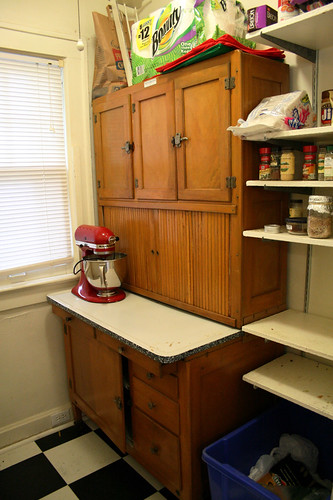
I'm very fond of the cabinet, since it provides me with an extra work surface and nice dark places to store preserves and potatoes.
Last weekend I picked a bunch of cucumbers from my mother's garden and am planning on making some relish before the weekend is through. Do you have any plans to pickle before the season begins to wane? Or will you be making that last batch of salsa or pesto instead? Do tell!
